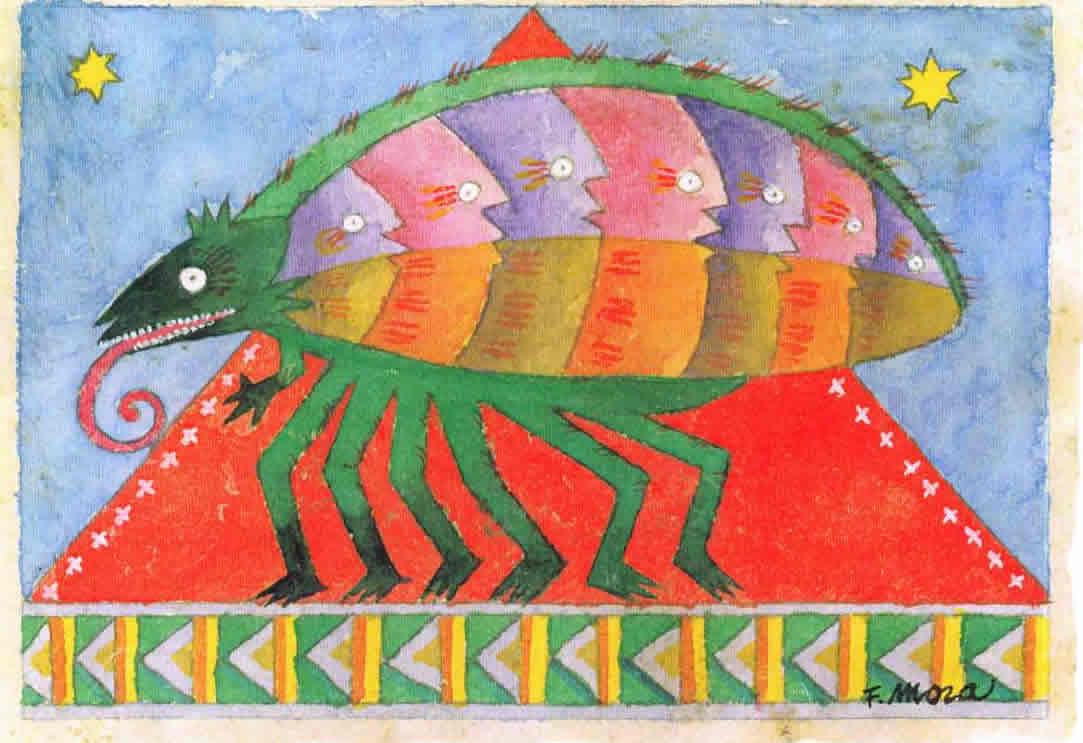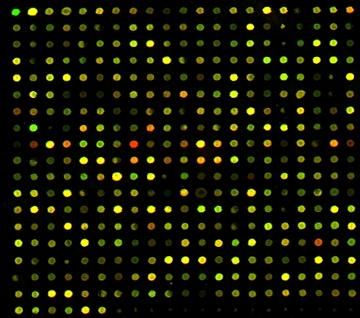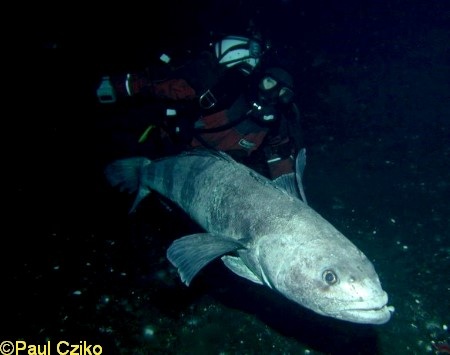Comparative Functional Genomics: Gene Duplication
BIO431 S05 spring 2011
March 3rd
Gene Duplication
STUDENT PRESENTATIONS by : Sean Maden and Andrea Padget
Chen, Z.Z., Cheng ,C.H.C., Zhang, J.F., Cao, L.X., Chen, L., Zhou, L.H., Jin, Y.D., Ye, H., Deng, C., Dai, Z.H., Xu, Q.H., Hu, P., Sun, S.H., Shen, Y. and Chen, L.B.(2008) Transcrintomic and genomic evolution under constant cold in Antarctic notothenioid fish. Proceedings of the National Academy of Sciences of the United States of America 105:12944-12949.
The sub-zero temperatures of the Southern Oceans require special adaptation to these extreme conditions, and the unique fish fauna of this region has provided textbook examples of molecular adaptation and molecular evolution in the context of thermal physiology. Previous studies have typically investigated single loci, but, in an exciting new survey, Chen et al. (2008) take a novel approach to characterize the genome-wide changes in gene transcription and relate these to adaptation to the cold Antarctic waters. A particular strength of this research is its tripartite strategy.
Firstly, the authors investigated the transcriptome of Dissostichus. mawsoni by sequencing unnormalized cDNA libraries from multiple tissues to obtain a direct count corresponding to expression level. The resulting pattern suggested a shift towards elevated stress response.
Secondly, the expression pattern was compared to available high volume EST data sets for five other fish species (zebrafish, salmon, stickleback, mummichog and medaka) to identify genes that are over-represented in teh antarctic fish. Again, the results suggests that evolutionary cold adaptation has co-opted some of the mechanisms that underlie physiological response to cold.

Thirdly, and importantly, the authors investigated the contribution of gene duplication to transcriptional up-regulation by constructing a cDNA microarray for comparative genomic hybridizations (aCGH) to compare Antarctic and non-Antarctic fishes. Once again the resulst reveal gene copy number for 101 protein-coding genes, many of which were also seen to be over-expressed.
Supporting papers:
For a bit more describing methods see:
Fortna, Andrew; Kim, Young; MacLaren, Erik, et al. (2004) Lineage-specific gene duplication and loss in human and great ape evolution PLoS Biology 2:937-954.
For a news & views piece see:
Lunt, DH; Renn, SCP (2009) Copious copies keep out the cold. Heredity 103: 281-82.
who's who contributed by: Mischka and Jeff
Snacks contributed by: Brianna and Tyrone
here is that tomato paper I mentioned: duplication resulting from retrotransposition event:
